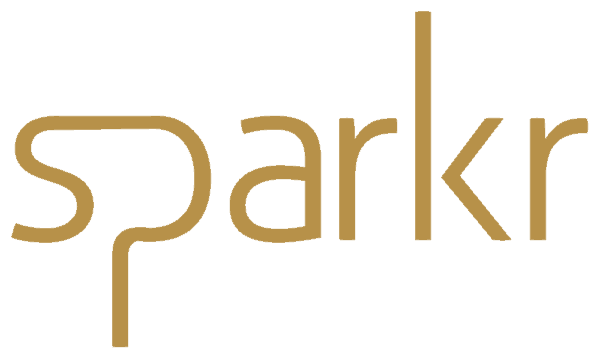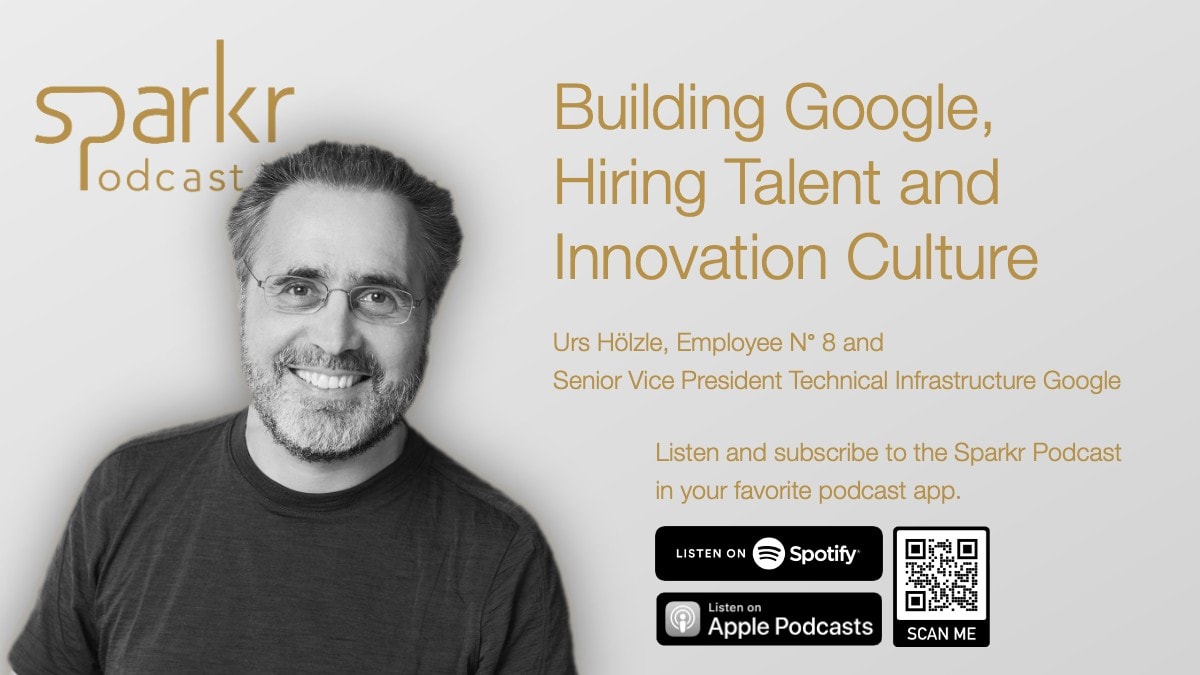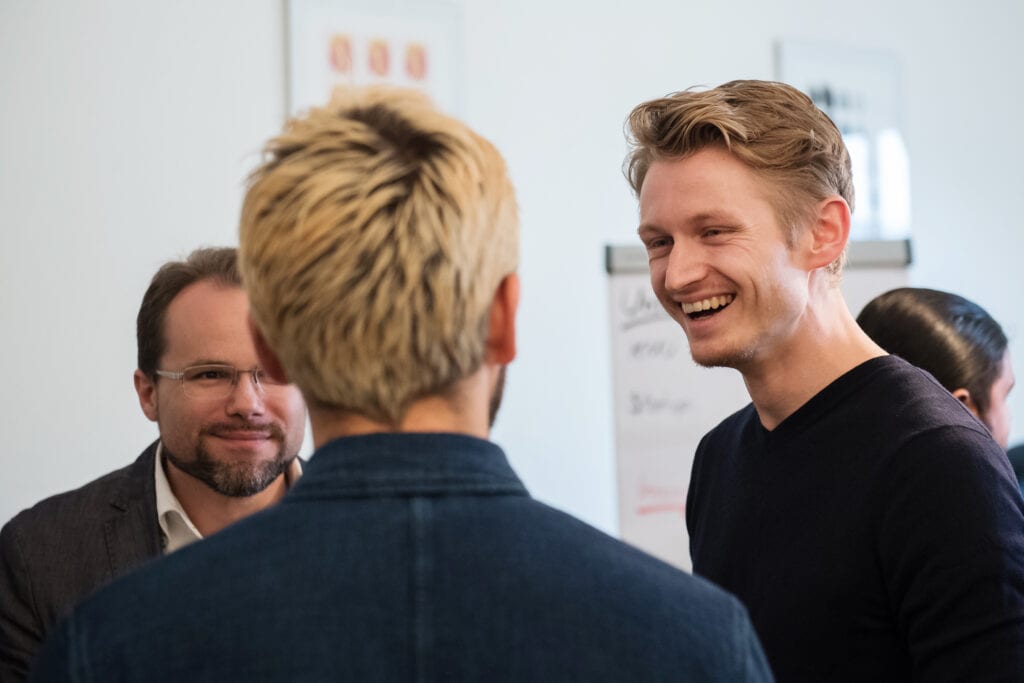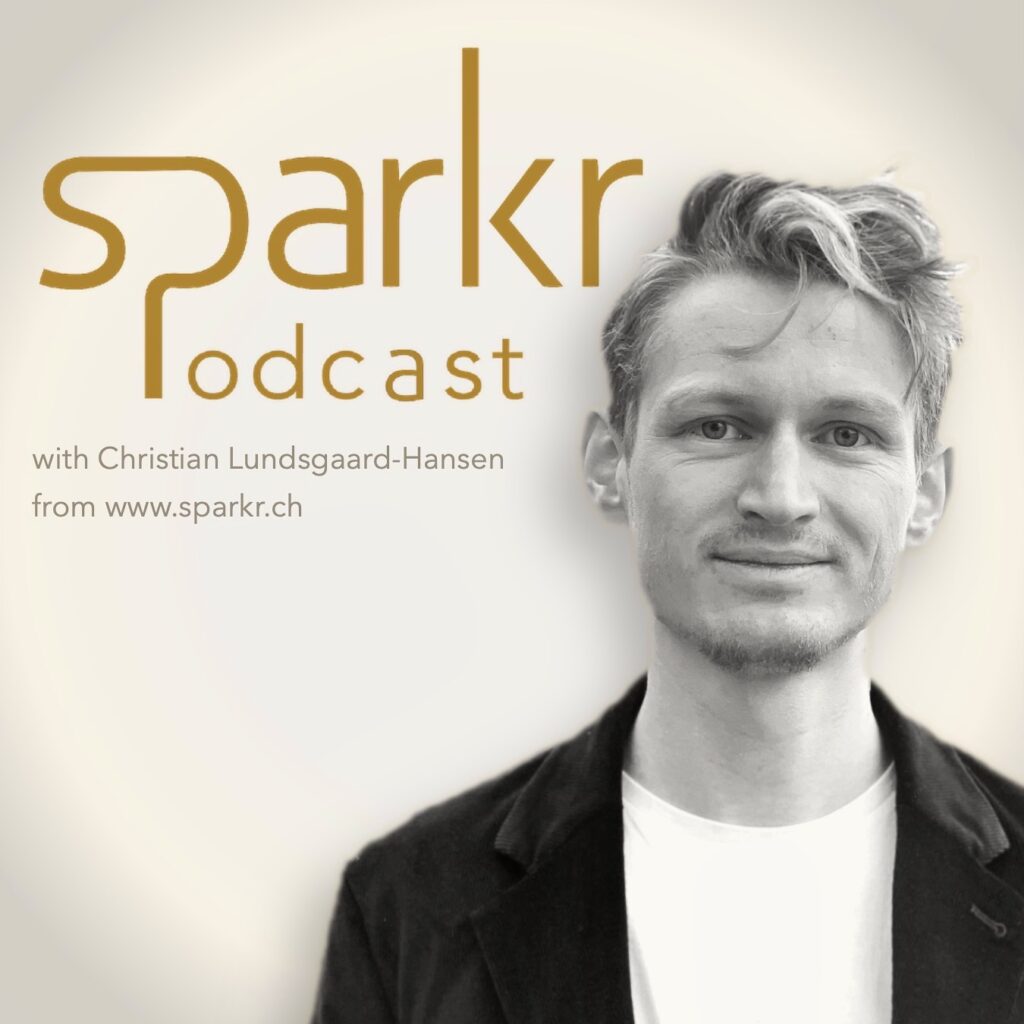Sometimes small decisions are life changing. Urs Hölzle, a Swiss computer scientist, made such a decision without knowing when he became the 8th employee of Google back in the late 1990s. At that time, the company who would grow into a global tech giant, was nothing more than a handful of people with computers and an idea in a Silicon Valley garage.
Urs was taking a one-year sabbatical from his work at a university in California and was looking for an intellectual challenge. During the Dot-com boom in the 90s he received countless calls and offers to work for start-ups many of which would go bust in the crash towards the end of the decade.
However, among the many founders looking for hires, there where two guys called Larry and Sergey who seemed to work on something interesting and where not driven by profits or exits but by a challenge. Urs was intrigued.
Sergey and Larry had an early-stage product. It was the only search engine that actually found things on the internet. Typical for engineers, the founders did not talk about going public and making billions. They talked about a mission. The very few people already working there were talented and the technical problems that Urs would take on were exciting.
With nothing to lose during his sabbatical, this was enough for him to take a leap of faith and start working at Google. The rest is (search) history.
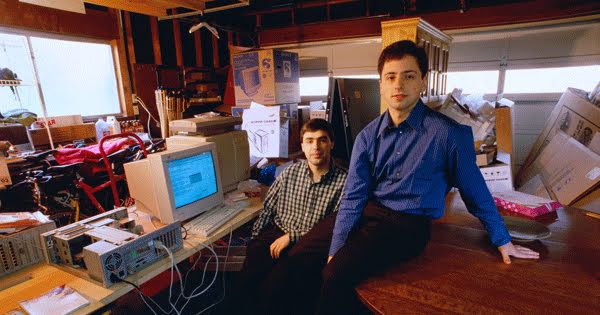
The ROI of hiring
A story like this is life defining – for the individual as well as the company. Hiring is one of the most important things that founders and organizations need to get right.
It was a pivotal moment for the young Google team at the end of the last millennia and attracting talent is to this day crucial for every organization. “It was all about hiring. Without the first 50 people it would not have worked”, Urs recalls from the early days of the start-up.
Urs believes that many people don’t act rationally regarding the ROI of hiring. “If you spend a day a week interviewing and you find only one person at the end of the year which is as good as you are, you have doubled your productivity.” That’s super important for the company and therefore these 52 days spent over a period of 52 weeks are probably the best days of all.
Finding talent
Finding good people is hard but identifying and winning over great ones is a true challenge.
In some places it’s okay to have good people working on a problem but in some areas you need excellent people. Urs has learnt that you need to say no to a lot of potential hires and be patient. Hiring the wrong people because of time pressure is not a good option. Especially in the early days of a start-up it can make or break the company.
While it is hard to find great employees, there’s a network effect that can help: Great people want to work with other excellent minds. The person being interviewed is also evaluating you as the employer and they can see if you are a great place to work or not.
Unfortunately, there’s no science to hiring and “the judgment of experts is not good at all”, Urs is convinced from personal experience and the research of psychologists.
To combat the blind spots, interviewers can perform skill tests with their potential hires rather than just ask about the work they’ve done before. Furthermore, it’s not just about the technical skills of a person but about the social traits as well: How does somebody react if you contradict them? How do they handle conflict? Observing people in such situations is one of several benefits of skill-based interviews.
Lastly, hiring must not be a one-person job. You reduce your blindness if more people are looking at new potential employees and you have an honest conversation in the team where each opinion is being heard and processed.
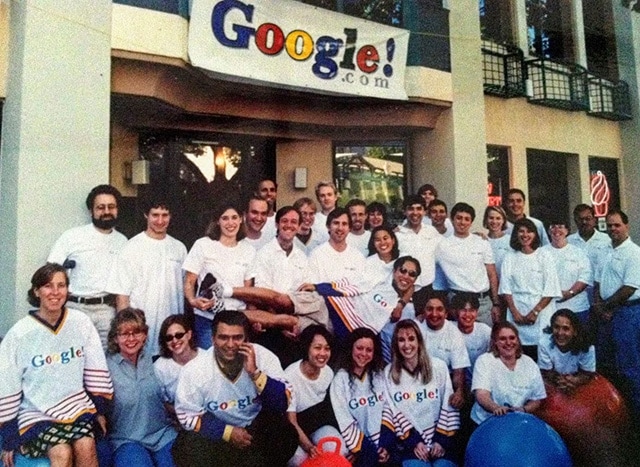
Building Google
The first job title Urs gave himself when he started overseeing 30 machines was “Search Engine Mechanic”.
“Everything was broken”, Urs recalls from when he joined Google. He realized quickly that it was not possible to serve a million users with the current code written by students. Basic problems needed to be fixed and scaling the search engine to serve its first million users was less about technological breakthroughs but more about the hiring of the first few dozens of people and how they would work together.
Lifelong learning
When working in the dynamic digital economy you cannot rest on laurels for long. “The recipe from 3 years ago will likely fail today”, says Urs. That’s why there’s no choice but to subscribe to a mindset of lifelong learning and a culture of innovation.
Doing something that might not work can sound risky. But if doing nothing results in guaranteed failure, it’s not that much of a gamble after all to try something new. On the contrary: It would be a high stakes gamble not to try. In that context, taking risks is a more obvious choice than in the old economy as the reality of the business (and in the case of IT infrastructure pure physics) forces you to reinvent frequently.
Together we spark transformations
Christian Lundsgaard-Hansen is the founder of Sparkr and the host of the Sparkr Podcast. Sparkr is an agency that supports companies in strategic transformations.
Christian is booked as strategic and creative sparring partner of leaders and is also active as a personal leadership coach and thoughtful moderator at workshops and conferences.
If you‘d like to get in touch with Christian to discuss a potential collaboration you can book a short virtual meeting with him right here.
How do you create an organization that can take (good) risks?
Innovation and taking risks is not all fun and games. “You also need discipline”, Urs is convinced. But how do you marry discipline and innovation or experimentation?
On the one hand you need a sandbox for innovation and clear rules on the other. It’s critical that you have a good understanding for where you can take risks and where not.
At Google, they work for example with a color coding system for projects so nobody confuses which risk profile is applied in each specific initiative. In some projects time to market is everything. Here you have a different risk profile than in a project where you improve something system critical which must work right from the start a 100% of the time. If you don’t have discipline while innovating you’ll fail in a different way than if you’d do nothing at all – and maybe even more spectacularly.
Another way to think about it is that innovation can be categorized in planned innovation and unexpected innovation. One sort of innovation is planned progress because you know that you need to fix something. The problem is clearly defined and your plan to work on it as well. The unexpected innovation as a way of having a positive impact someplace new is different. Here you have to recognize the opportunity in the first place, then grab it and experiment to make the most of it.
The leader’s role in innovation
Urs highlights the importance of so called “blameless postmortems”. When something goes wrong, you are required to write a report including a timeline of events that led to the problem, the names and responsibilities of people involved etc.
A postmortem must answer questions like: What happened? What would have prevented the problem from occurring? Can we create a situation in the future where this mistake will not happen again?
The crucial part however is the “blameless” nature of the analysis. Without that, the postmortem will be a lie and not honest enough so that you can learn. A productive innovation and learning culture requires honesty and safety to express what actually happened.
If a postmortem does not include sufficient details, names, responsibilities etc. due to a lack of psychological safety, the practice will not enable you to learn. Leaders must make sure this blameless culture is alive and that people who failed are celebrated. “You have to demonstrate that you really mean it. It must be safe to say that you made a mistake and what we can learn from it”, Urs explains his role and the role of other leaders in the organization.
This also implies that there should not be a department of innovation and a separate department of execution. If you segregate innovation and execution, there’s too much of a gap to learn and improve.
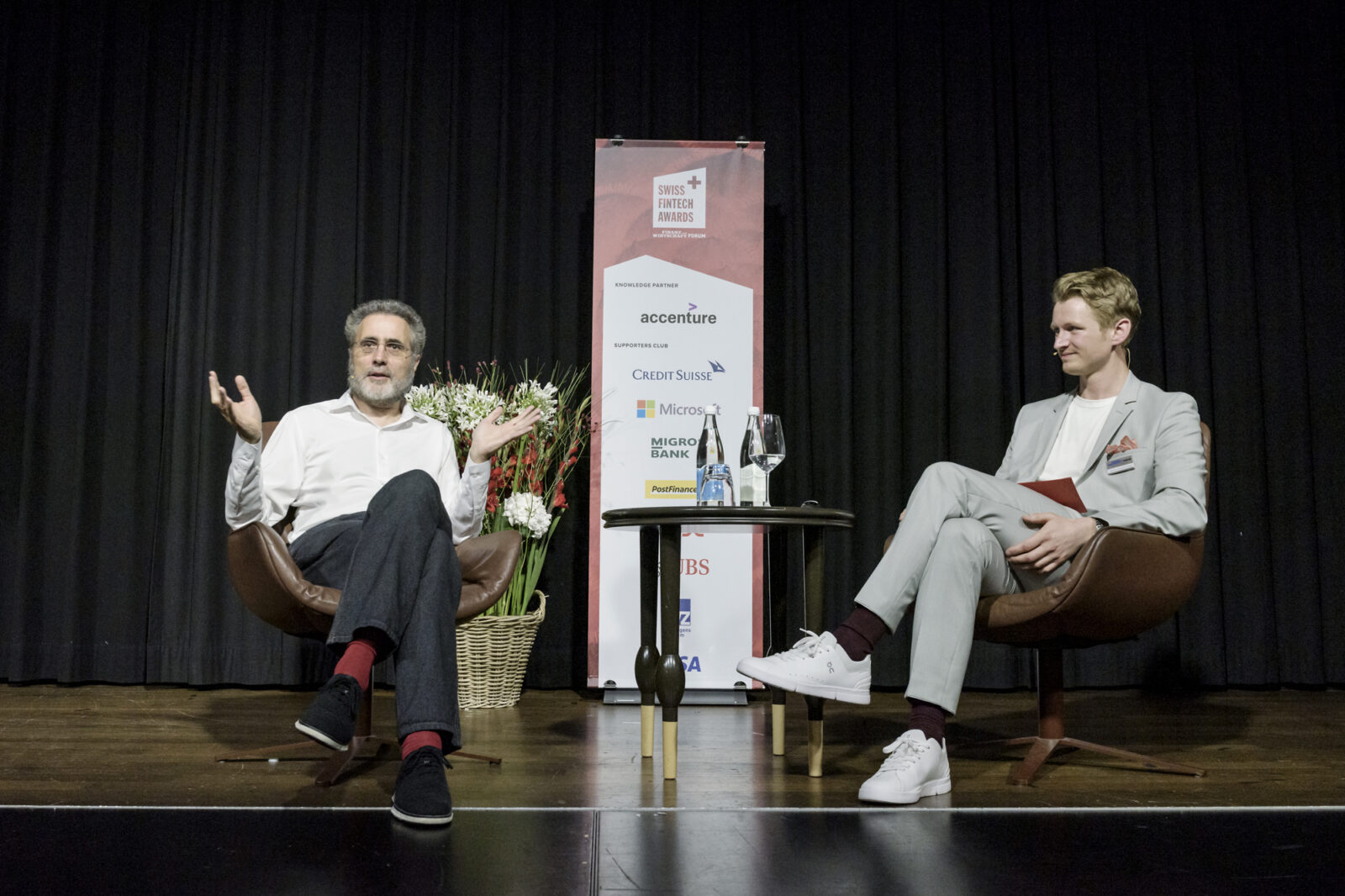
Cloud: a platform for innovation
Urs is passionate about the possibilities and the paradigm shift that is cloud computing. “A good metaphor to think about cloud is electricity. Both technologies are enablers and their true value lies in what you do with it.” Urs explains.
Cloud is culture first as it changes how you work and collaborate. Second, it’s software and lastly it is about infrastructure elasticity and cost efficiency. The promise of cloud computing, according to Urs, is that you don’t have to think about the infrastructure as much anymore and can focus more on value creation.
Even two decades after Urs’ life changing decision to join Google – coming from only 30 machines in a garage to an astonishing global network of vast and powerful data centers – he’s still invested in building the infrastructure that continues to open new possibilities for consumers and businesses.
Get to know the KANO innovation method to create delightful products
When innovating you always have to deal with limited resources. The KANO method gives you guidance on how to design new or improve existing products and services.
Sparkr Podcast
More Episodes of the Sparkr Podcast
You find all the Sparkr Podcast Episodes here and you can subscribe to the podcast on Apple Podcast, Spotify, Soundcloud or wherever you listen to your favorite shows.
